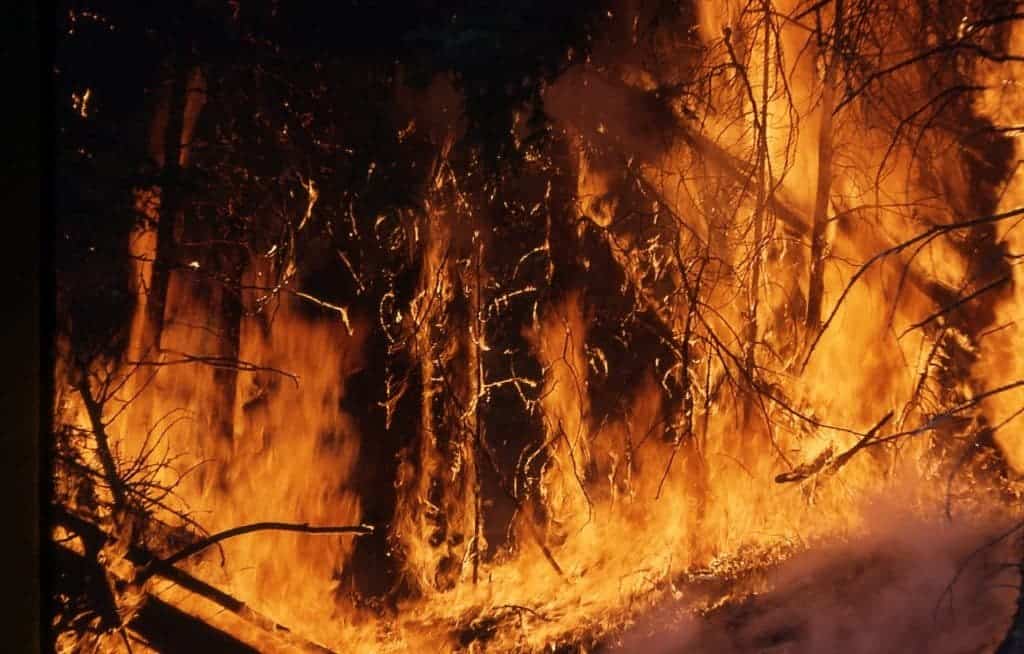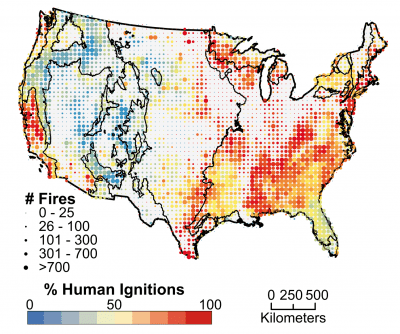
Five out of six wildfires which occurred in the U.S. in the past two decades can be traced back to human activity, a new study found. Human-caused blazes, either on purpose or by accident, have tripled the length of the wildfire season causing it to start earlier in the East and to last longer in the West.
Jennifer Balch, a fire ecologist at the University of Colorado, and colleagues analyzed wildfires occurrences in the country between 1992 to 2011. The researchers found a staggering 1.3 million fires were started by humans, mostly due to trash burning which explained 29 percent of human-started fires. Around 21 percent of fires were due to arson or just as much as there were due to lightning. Another 11 percent can be traced to faulty or misuse of equipment.
Strikingly, one out of five wildfires occurred during the 4th of July. That’s not to say these were the most damaging. While humans are the prime drivers of forest wildfires, we’re responsible for only 44 percent of acres burned.

The most human-triggered wildfires can be found in the Southeast. For instance, in Kentucky, West Virginia, and Tennessee fire seasons lasted for more than 200 days on average in a year. In these states, 99 percent of all wildfires are caused by humans. That’s because forests in these states don’t catch fire easily.
“The role that humans play in starting these fires and the direct role of human-ignitions on recent increases in wildfire activity have been overlooked in public and scientific discourse,” the scientists wrote in the Proceedings of the National Academy of Sciences.
Humans are also indirectly responsible for an increase in both frequency and length of wildfires by driving climate change as a result of releasing greenhouse gases in the atmosphere. Four of the worst wildfires since 1960 happened in the last decade, among which 2015 is considered the worst wildfire year on record. A growing number of homes in or near major forests is to blame for this dramatic rise in fires but hotter, drier seasons shouldn’t be ignored. In 2016 alone, wildfire damages amounted to two billion dollars.
[ALSO See] The different types of forests
Generally, wildfires are good for ecosystems. These regenerate the forest, revitalize the watershed, renew the soil, and reset the clock for the ecosystem. Many forests such as pine barrens or lodgepole pine forests can’t even survive without fires since the trees are adapted to only produce seeds following a major fire event. That being said, there’s clearly nothing natural in this recent trend and people should definitely act more responsibly when going out in the forest.






